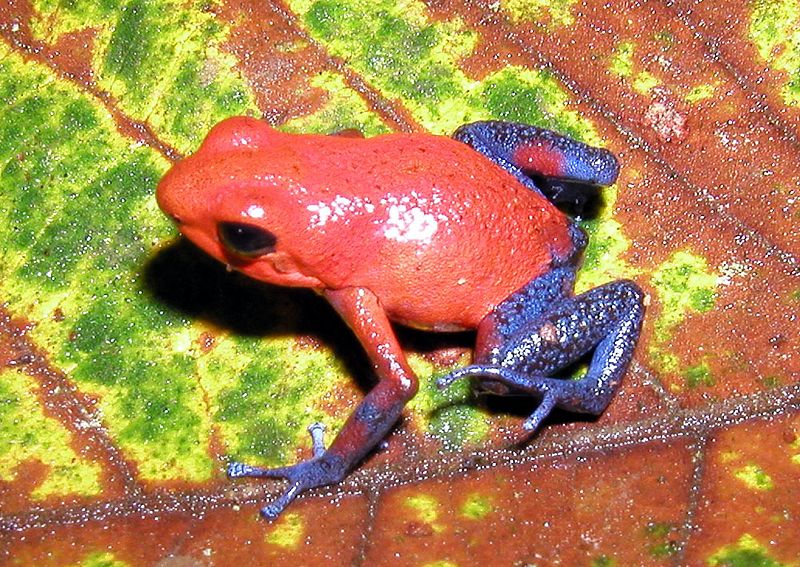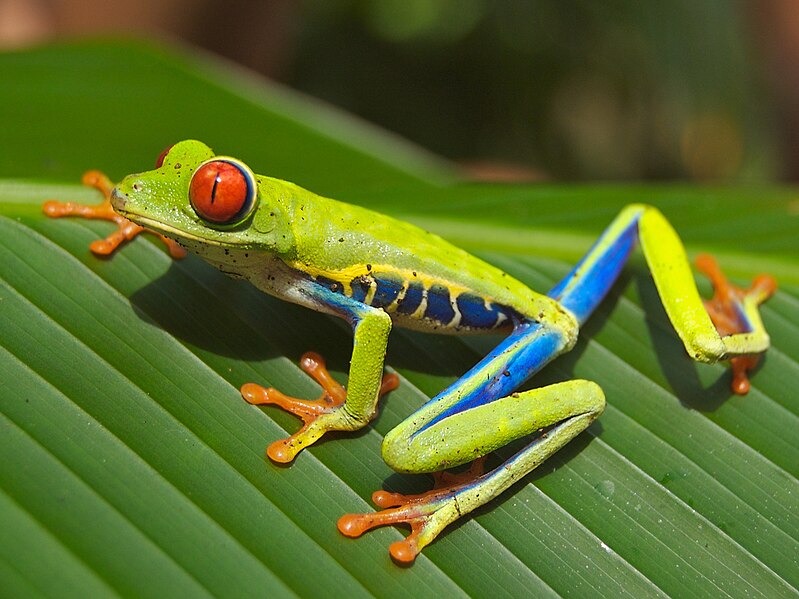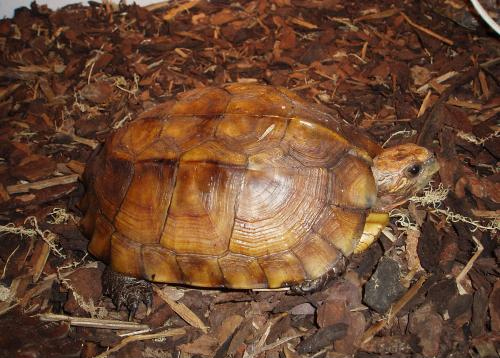 Many interesting, current amphibian and reptile field research reports are published in professional journals such as Copeia, Herpetologica and Herpetological Review, and are not available on the internet. Unfortunately, such journals are usually quite expensive (if well-worth the price). From time to time I’ll provide summaries of some of the fascinating articles that I come across. Today’s report covers Spring, 2020 publications: Clouded Salamanders, Red-Eyed Treefrogs, Green Frogs and Strawberry Poison Frogs.
Many interesting, current amphibian and reptile field research reports are published in professional journals such as Copeia, Herpetologica and Herpetological Review, and are not available on the internet. Unfortunately, such journals are usually quite expensive (if well-worth the price). From time to time I’ll provide summaries of some of the fascinating articles that I come across. Today’s report covers Spring, 2020 publications: Clouded Salamanders, Red-Eyed Treefrogs, Green Frogs and Strawberry Poison Frogs.
Clouded Salamander, Aneides ferrus
Although known to climb trees, the Clouded Salamander is most often found (and studied) below fallen logs. Researchers in southwestern Oregon were, therefore, surprised to find a pair of these salamanders in a tree cavity (Douglas Fir) 240 feet above the ground. Red Tree Voles (small arboreal rodents) were also using the site for food storage.
It is not known if water contained within tree cavities might provide a breeding site for Clouded Salamanders.
Red-Eyed Treefrog, Agalychnis callidryas
Researchers in Costa Rica reported the first known example of a spider feeding upon amphibian eggs. A Rusty Wandering Spider (Cupiennius getazi) was photographed while consuming Red-Eyed Treefrog eggs, which had been deposited on a leaf overhanging a small pond. Interestingly, the spider appeared to defend its food source.
The eggs did not spontaneously hatch when disturbed by the spider, as they do when attacked by wasps and snakes.

Strawberry Poison Frog, Oophaga pumilio
Although diurnal activity is the rule for Dendrobatids (Poison Frogs), male Strawberry Poison Frogs were observed calling and engaging in territorial battles after dark (Costa Rica)…perhaps its time to install night-viewing lights on our Poison Frog terrariums!
Green Frog, Rana clamitans
Long known for occasionally producing blue-colored Green Frogs, a stream in upstate NY has now yielded a brilliant yellow specimen. The frog also sported a black blotch on its back, green above the eyes, and greenish-brown legs – quite a sight!
Further Reading
A video of a treefrog eggs hatching while being attacked by a snake, along with fascinating info and photos, is posted on the Warkentin Lab website.
 That Reptile Blog – Reptile, Amphibian and Exotic Pet Care and Information
That Reptile Blog – Reptile, Amphibian and Exotic Pet Care and Information


